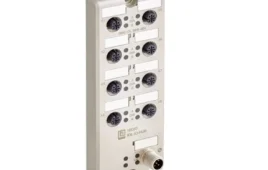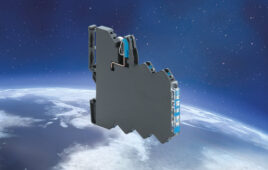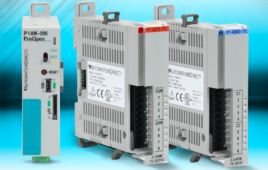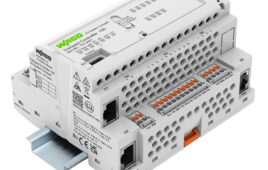Cal Sensors announces the global launch of two new families of lead salt infrared detectors as well as the introduction of a new digital drive board. The new single channel detector (SCD) and multichannel detector (MCD) families provide industry-leading sensitivity and quality for a variety of infrared sensing applications. The new digital drive board optimizes detector performance and speeds product development processes.
SCD-13HV
The new SCD-13HV (single channel detector- high-value) PbS detectors are designed to meet today’s demanding requirements for high volume, cost-sensitive applications. Thanks to best-in-class process controls and automated production equipment, the SCD-13HV line combines industry-leading price/performance with exceptional repeatability and product consistency.

Key applications include fire safety and flame detection, as well as process and quality control applications.
SCD detectors provide exceptional sensitivity at great value, with typical D* from 9 x 1010 to 1.75 x 1011 Jones across the one to three micron wavelength range and high volume pricing of less than $25. Performance varies with element size and window type.
All SCD-13HV products support a glass window or lens configuration. Three element sizes are available in industry standard packages for easy integration. For applications where size is critical, such as portable test equipment, the SCD-13HV line offers a 1 mm by 1 mm detector in a TO-46 can. Where greater field-of-view or larger element sizes are important, 2 mm and 3 mm square detector sizes are available in TO-5 packages.
MCD
The new PbS and PbSe multi-channel detectors (MCD) provide market-leading sensitivity of 1.5 x 1010 Jones for detection of up to four distinct materials/gases. Covering one to five microns, the MCD product family provide exceptional channel isolation (>99.5%) and a compact TO-5 footprint with superior quality and reliability.

An optional integrated thermistor within the MCD package optimizes temperature compensation, maximizing measurement precision. Co-locating the temperature sensor and detector material in a hermetically-sealed TO-5 package ensures they both ‘feel’ the same temperature variations and reduce potential effects of external environmental factors.
The four channel configuration offers significant opportunities for cost reduction and design simplification minimizing the need for multiple individual detectors and complex optics. System costs and footprints can be reduced up to 60% versus alternative single-detector designs.
The technology is well-suited for a variety of applications including industrial and medical gas analysis, as well as auto and aviation emissions testing. It is ideal for environmental applications such as stack monitoring, greenhouse gas analysis and overseeing air quality in confined spaces including tunnels and underground structures.
Though highly customizable for different applications across the one to five micron infrared spectrum, the MCD-15 line is available in a standard four-channel configuration with four discrete optical bandpass filters. This configuration supports CO, CO2 , and hydro-carbon (such as methane) gas analysis. Customers also have the choice of specifying custom filters to meet specific application requirements.
Digital Drive Board
Cal Sensors has also launched a new Digital Drive Board that optimizes signal levels for Cal Sensor´s one to four channel detectors. Designed with a socket that accepts Cal Sensor’s standard one to four-channel detectors, the digital board provides all the electronics necessary to drive the sensor, digitize the output and connect via USB to a computer or microprocessor. Thus, engineers can focus on the challenges of the system’s design by quickly validating detector viability. Supporting PbS and PbSe detector technologies, these drive boards were created to dramatically accelerate prototyping and product development.
Cal Sensors
www.calsensors.com
::Design World::
Filed Under: SENSORS, TEST & MEASUREMENT





Tell Us What You Think!